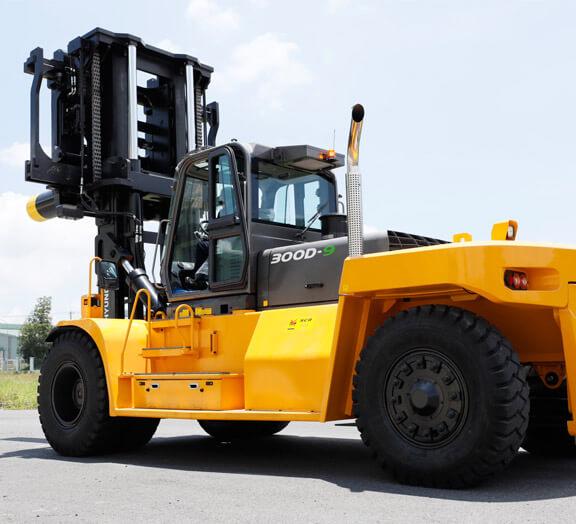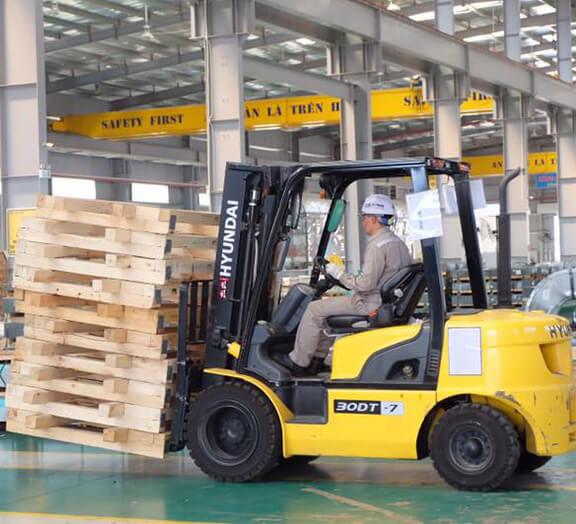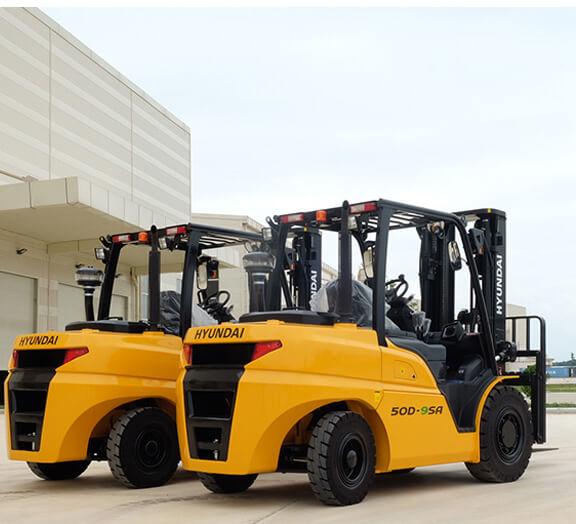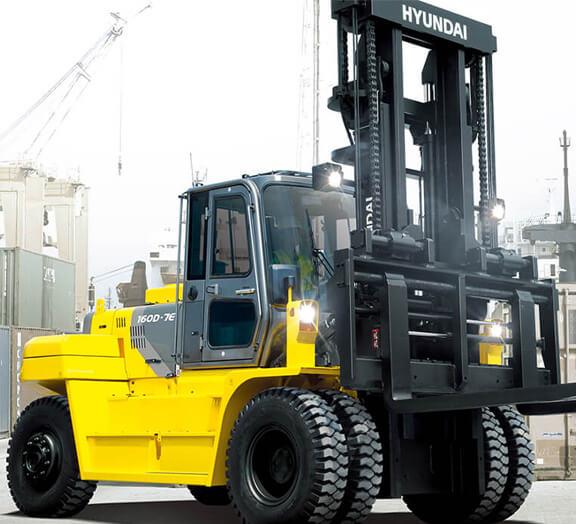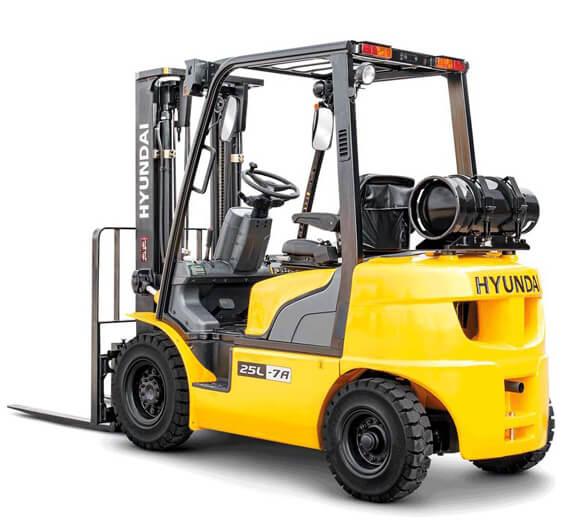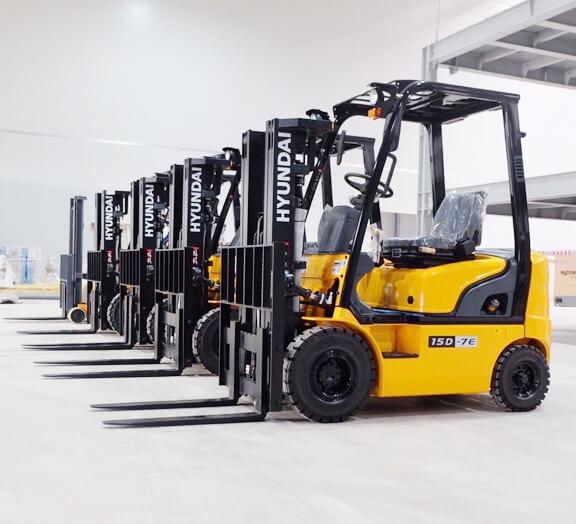Operating a forklift requires precision and utmost caution. Failure to follow proper operating procedures can lead to significant hazards for both the operator and those nearby. According to statistics from the Ministry of Labour, Invalids, and Social Affairs, there are approximately 1.500-2.000 forklift-related accidents annually, categorized into five main causes: forklift tip-over accidents (42%), collisions, crushing, and pinning incidents (36%); accidents involving impacts with other equipment (10%); falling or toppling loads (8%); and accidents caused by falling from forklift forks (4%).
To prevent such accidents, businesses must identify common forklift operating mistakes. Below are the four most frequent errors compiled by Nhat Lo Phat 168, based on 23 years of industry experience. These mistakes may seem basic but can lead to severe consequences, so both businesses and operators must pay close attention to avoid them.
1. Failure to inspect the forklift before operation
A forklift is a crucial tool for businesses in lifting and organizing goods. However, during use, forklifts can develop various issues that may lead to malfunctions or accidents if not detected in time. Therefore, it is essential to conduct regular inspections before operating the equipment.
Consequences of failing to inspect a forklift
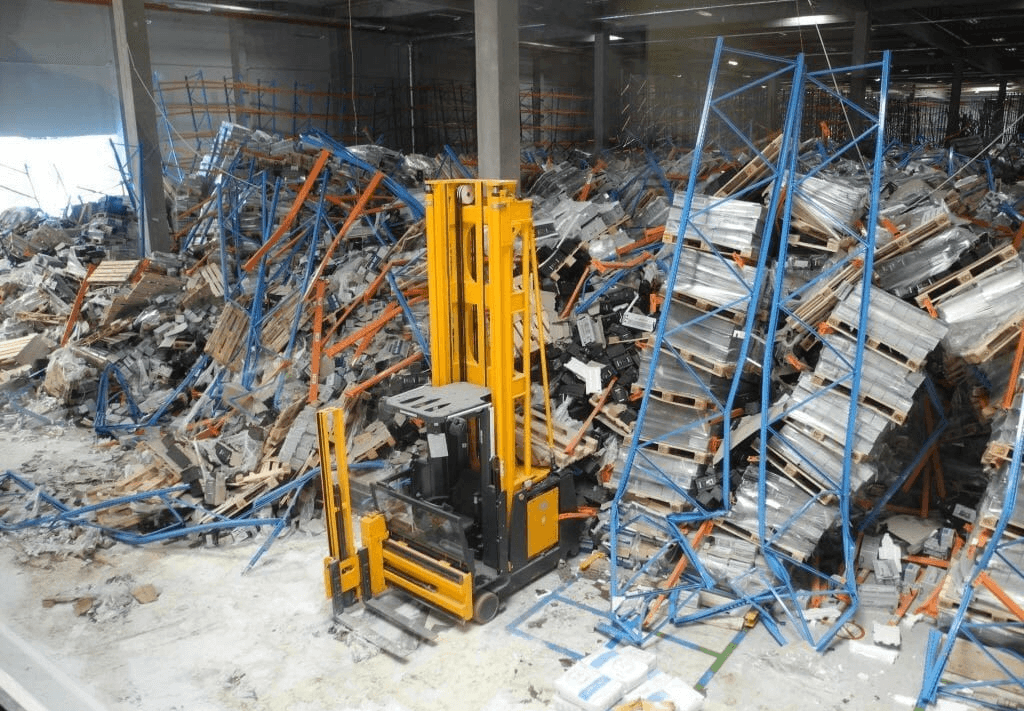
Not checking the forklift before operation can result serious and unexpected consequences. For example, if the braking system is faulty but remains undetected, the operator may drive at high speed, only to realize too late that the brakes are not functioning. This could lead to collisions with warehouse racking, causing shelves to collapse, damaging goods or worse, striking nearby workers.
In general, failing to inspect a forklift before lifting can lead to equipment failure due to a lack of regular maintenance. This in turn, reduces the forklift’s efficiency and increases the risk of workplace accidents, endangering both the operator and those around them.
Therefore, before using a forklift, operators must conduct thorough inspections. Operators must inspect the forklift before each use to ensure that all functions are in proper working order. Taking just a few minutes for a pre-operation inspection can help prevent serious accidents and costly damages.
Measures
To ensure that forklift operators consistently perform pre-use inspections, businesses must establish structured training programs, implement regulatory measures, and develop control systems.
Training and Education
- Businesses should conduct thorough training sessions to educate operators on the importance of forklift inspections, the specific components that need checking, and the proper inspection procedures.
- Awareness campaigns should be implemented to reinforce the significance of regular inspections.
- Hands-on training sessions should be organized to familiarize operators with the inspection process, allowing them to develop the habit of performing checks instinctively before operation.
Implementing Regulatory Measures
- Reward operators who strictly adhere to pre-operation inspection protocols.
- Strictly enforce penalties for non-compliance to ensure accountability and safety.
Developing a Control System
- Provide inspection logbooks requiring operators to record the date, time, and results of each inspection.
- Implement a standardized forklift inspection checklist to ensure operators assess all critical components without missing any details.
Pre-Operation Forklift Inspection Guide
External Assessment
Conduct a preliminary visual inspection to evaluate the overall condition of the forklift:
1. Check for any hydraulic fluid, engine oil, or fuel leaks.
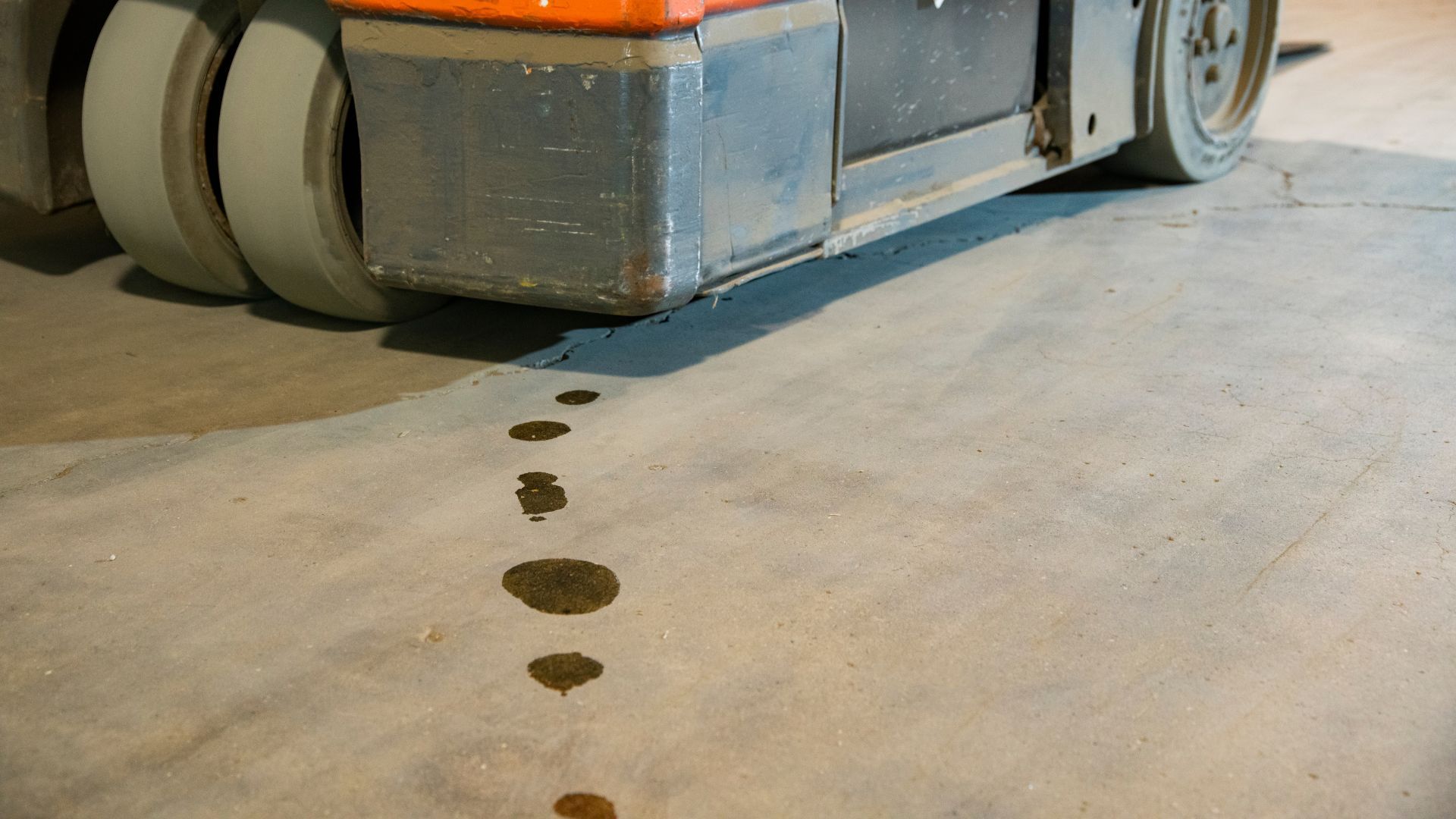
2. Inspect tires for excessive wear, cracks, or punctures.
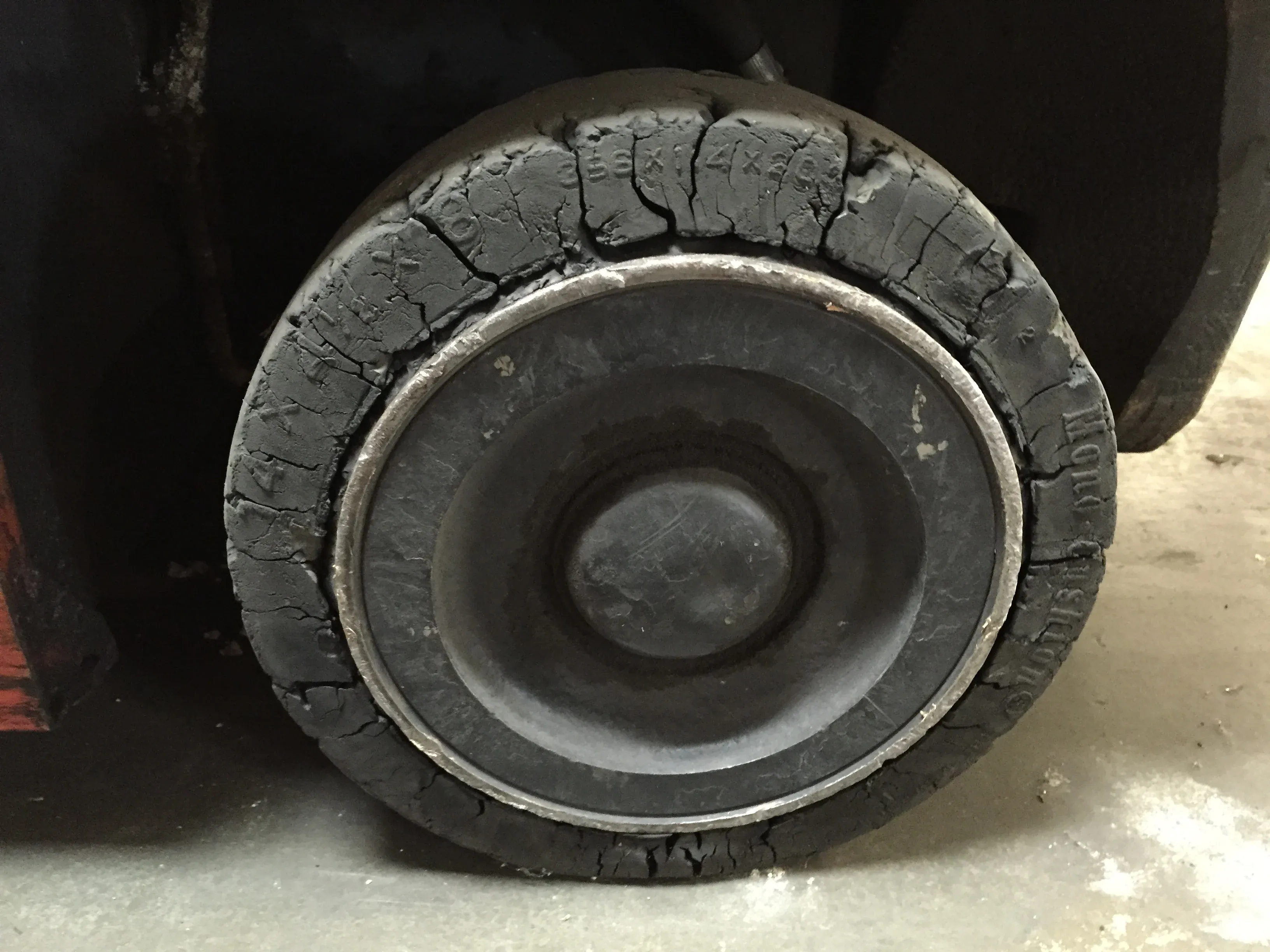
3. Examine the forks for any signs of cracks, bends, or structural damage.
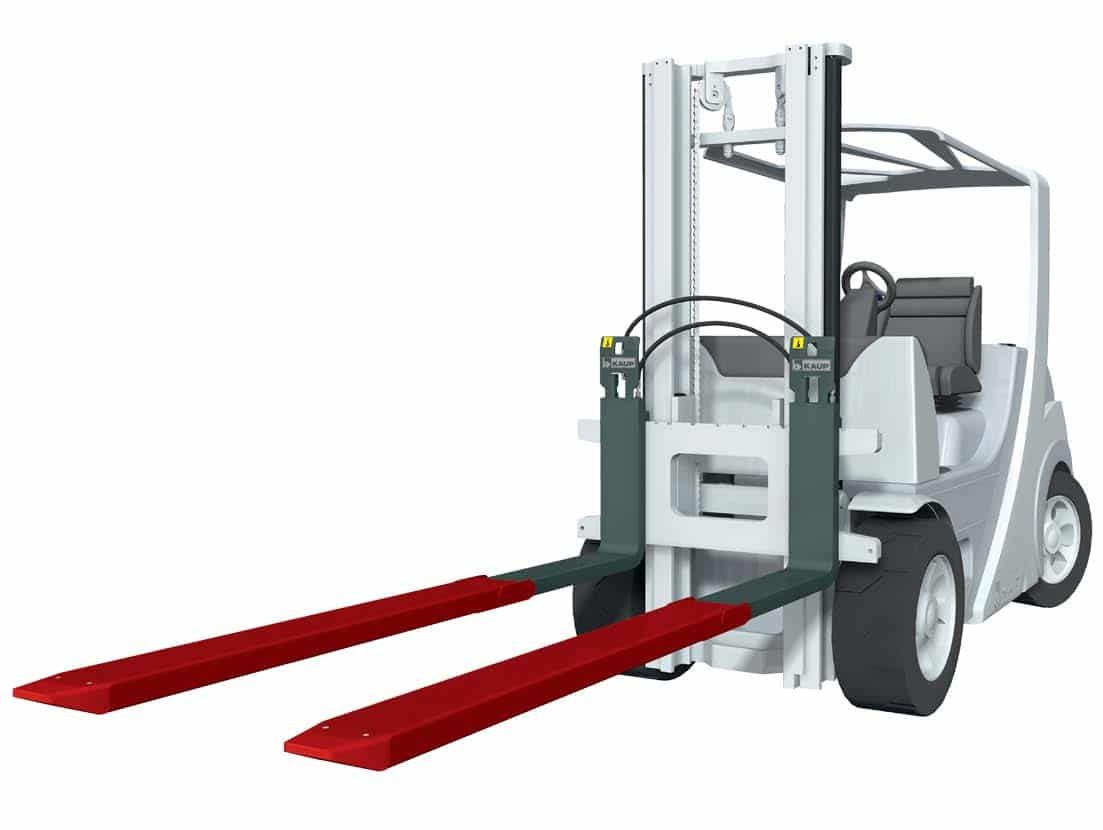
4. Ensure that all safety components, including signal lights, horn, and rearview mirrors, are intact and functional.
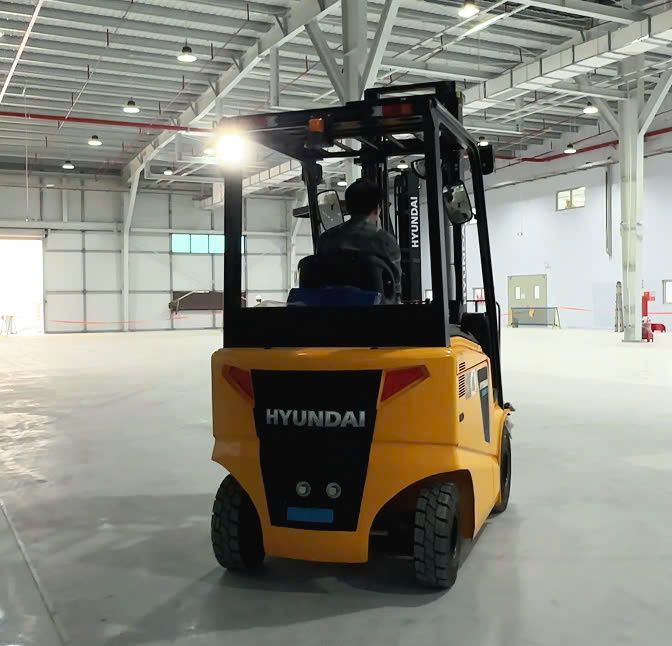
If any issues are detected, do not attempt repairs unless you have proper training and experience in forklift maintenance. Instead, report the issue to a supervisor and wait for further instructions. Never operate a forklift with unresolved mechanical defects—this is a critical operational error.
Functional Performance Evaluation
In addition to the external inspection, operators must start the forklift and conduct a functional test to ensure all systems are operating correctly.
- Verify that lights, horn, and mirrors are working properly.
- Inspect the dashboard display for any error codes. If an error code appears, contact a technician for diagnosis and repair.
- Ensure all control mechanisms function smoothly, including:
- Braking systems (service brake and parking brake).
- Hydraulic controls (lifting, tilting, and any attachments).
- Throttle control (acceleration and engine responsiveness).
- Directional controls (forward and reverse shifting).
- Steering system (smooth and responsive operation).
- Lifting system and any additional attachments.
2. Overloading the Forklift During Operation
Consequences of Overloading
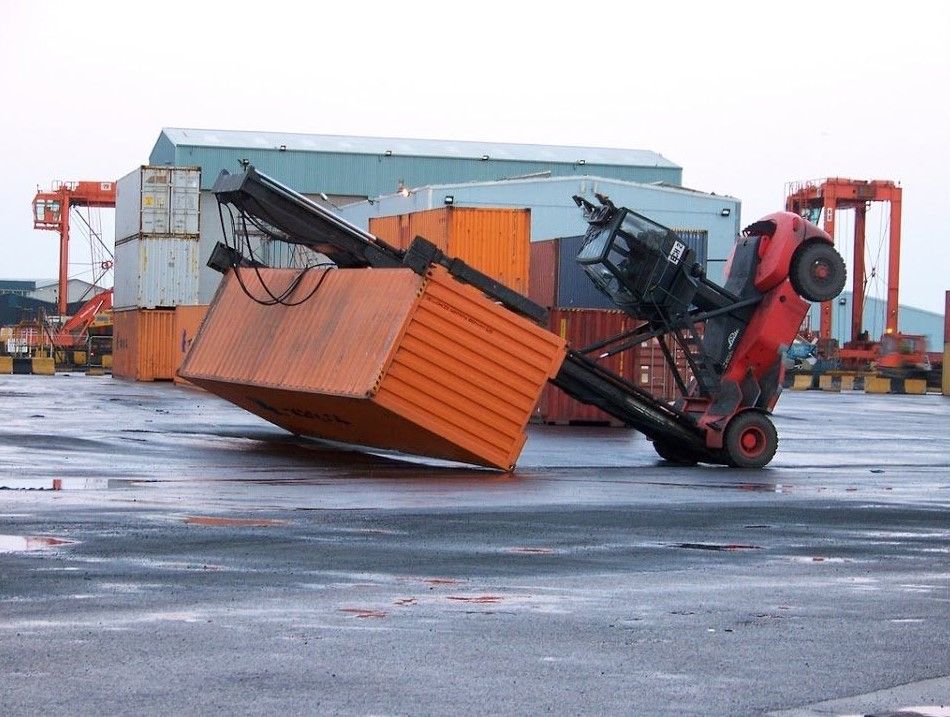
In Vietnam, overloading occurs frequently. Many businesses purchase forklifts with a lower load capacity to save costs and then operate them beyond their maximum rated capacity. This is a serious mistake that poses significant dangers to both the forklift and the operator. Each forklift has a fixed load capacity that must not be exceeded.
For example, the Hyundai 15D-7E diesel forklift has a maximum lifting capacity of 1,500 kg. If the forklift is overloaded beyond this limit, its mechanical components will be forced to operate beyond their limits, leading to overheating, mechanical failures, and severe accidents such as forklift overturning, fork breakage, and falling loads. Specifically:
- Difficulty controlling the forklift: An overloaded forklift is prone to shaking and instability, increasing the risk of tipping over, dropping loads, and endangering the operator and those nearby.
- Accelerated wear and tear of the forklift: Every component of the forklift directly endures excessive force, leading to overheating engines, cracked or even burst tires, and rapid brake wear, reducing the forklift’s lifespan and increasing maintenance costs.
- Unstable loads: Overloading increases the likelihood of collisions with other palletized goods, potentially causing an entire rack collapse in the warehouse.
Measures
To operate a forklift properly and avoid overloading, operators should:
- Check the forklift’s maximum load capacity: Always refer to the technical specifications of the forklift to understand its maximum allowable load. For example, the Hyundai 30DF-7 forklift has a maximum lifting capacity of 3 tons, so operators must ensure they do not exceed this limit.
- Accurately measure the weight of the load: The weight of goods should be checked and verified before lifting and stacking them on racks.
- Distribute the load properly: If the goods are too heavy, divide them into smaller parts before lifting.
- Install a Load Indicator system: Businesses may opt to equip forklifts with a Load Indicator system, which displays and records the weight of each lifted load. This system allows companies to monitor and prevent overloading, ensuring safe forklift operation.
3. Operating a Forklift in Unsuitable Working Conditions
What constitutes an unsuitable working environment for forklift operation? Several factors indicate a hazardous working environment for forklift operation, including:
- Limited visibility for the operator: In outdoor environments, visibility may be hindered by fog, dust, or insufficient lighting. In indoor environments, disorganized storage, uneven warehouse lighting (too bright or too dim) can obstruct the forklift operator’s vision.
- Slippery or uneven surfaces: Slippery conditions caused by rain, oil spills, or other liquids. Uneven surfaces with potholes or cracks, making maneuvering difficult.
- Obstacles on the floor: Items such as cartons, pallets, or cables may be small and difficult for the operator to notice, increasing the risk of accidents.
Consequences of Operating a Forklift in Poor Working Conditions
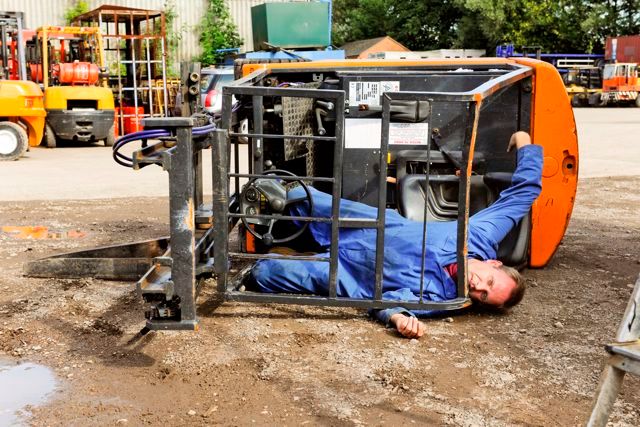
- Limited visibility makes it difficult for operators to assess their surroundings, increasing the likelihood of collisions with goods, objects, or people. If the operator cannot see the terrain clearly, they may unknowingly drive into uneven areas, increasing the risk of tip-overs.
- Slippery or uneven surfaces: Slippery surfaces can cause the forklift to skid and lose control, increasing the risk of tipping over. Uneven surfaces make the forklift unstable, especially when lifting loads, which may fall off. Tires may wear out quickly or become damaged, increasing maintenance costs.
- Obstacles on the floor: Small objects can obstruct movement, especially when the operator’s view is restricted.
Solutions to Ensure a Safe Working Environment for Forklifts
Both businesses and forklift operators must recognize the importance of maintaining a safe work environment. Companies should improve working conditions, while operators should remain mindful of safety measures.
- Improve lighting and ensure proper ventilation: Work areas must have adequate lighting, especially in blind spots. Use suitable warehouse lighting and perform regular maintenance on lights.
- Regularly inspect and clean the work area: Remove obstacles such as cartons, pallets, and cables to ensure clear visibility and prevent obstructions for forklifts.
- Enhance operator awareness: Provide structured training programs on workplace safety, forklift operation skills, and environmental safety regulations.
- Establish clear guidelines, ensuring that forklifts are only operated under safe conditions: Sufficient lighting for clear visibility. Properly arranged storage, avoiding clutter in aisles. Use of assistive devices like cameras and sensors to enhance visibility and operational safety.
4. Failure to Comply with Safety Regulations When Operating a Forklift
Consequences of Not Following Safety Regulations
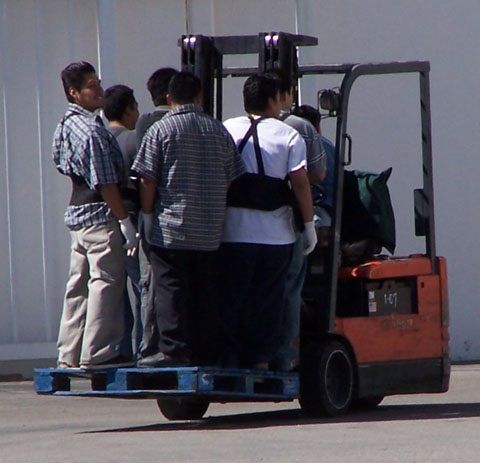
Many operators tend to be careless, ignoring basic safety measures such as ensuring that only licensed drivers operate forklifts, fastening seat belts, driving at excessive speeds. Not only operators but also those around them sometimes fail to maintain a safe distance from forklifts, entering the forklift's operating range, leading to serious consequences.
Losing control of a forklift then crashing into racks or people is not uncommon. Recently, in Binh Duong, Viet Nam, a tragic accident occurred where a male worker was fatally struck by a forklift. The operator used the forklift without proper expertise.
Therefore, specific measures are needed to ensure that operators and employees comply with safety regulations when operating forklifts, preventing tragic accidents.
Below are the forklift safety regulations that must be followed:
- Operators must stay focused while driving and not be distracted.
- Do not use a forklift to lift people and others must not stand on the forklift's forks.
- Do not drive at excessive speeds, which can cause skidding and tipping over.
- Do not make sharp turns or stop suddenly.
- Loads must be properly balanced and evenly distributed.
- Always inspect the forklift before and after each shift.
- Operators must wear protective gear as required.
Measures to Ensure Compliance with Safety Regulations
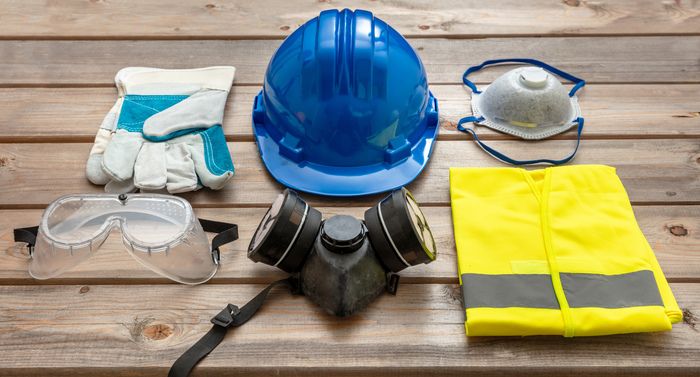
Adhering to safety regulations is crucial to preventing accidents.
- Provide proper training and organize in-depth safety courses for all operators, covering forklift inspection procedures, traffic rules and emergency handling.
- Conduct regular supervision and inspections to ensure compliance with regulations.
- Establish clear regulations on safe forklift operation including speed limits, load capacity and required protective equipment.
For more information on forklift safety rules, click here!
For more useful information about forklifts or to find a reliable supplier of genuine, high-quality forklifts with excellent service, contact Nhat Lo Phat 168 now!
Nhat Lo Phat 168 Co., Ltd.
Northern Vietnam: 093 208 1688
Southern Vietnam: 090 345 1688
Facebook: Nhất Lộ Phát 168 - Leading Forklift Solution
Instagram: @nhat_lo_phat_168
YouTube: Nhất Lộ Phát 168
YouTube: Crown Forklift 168




